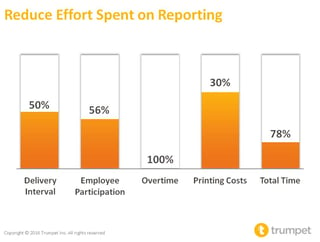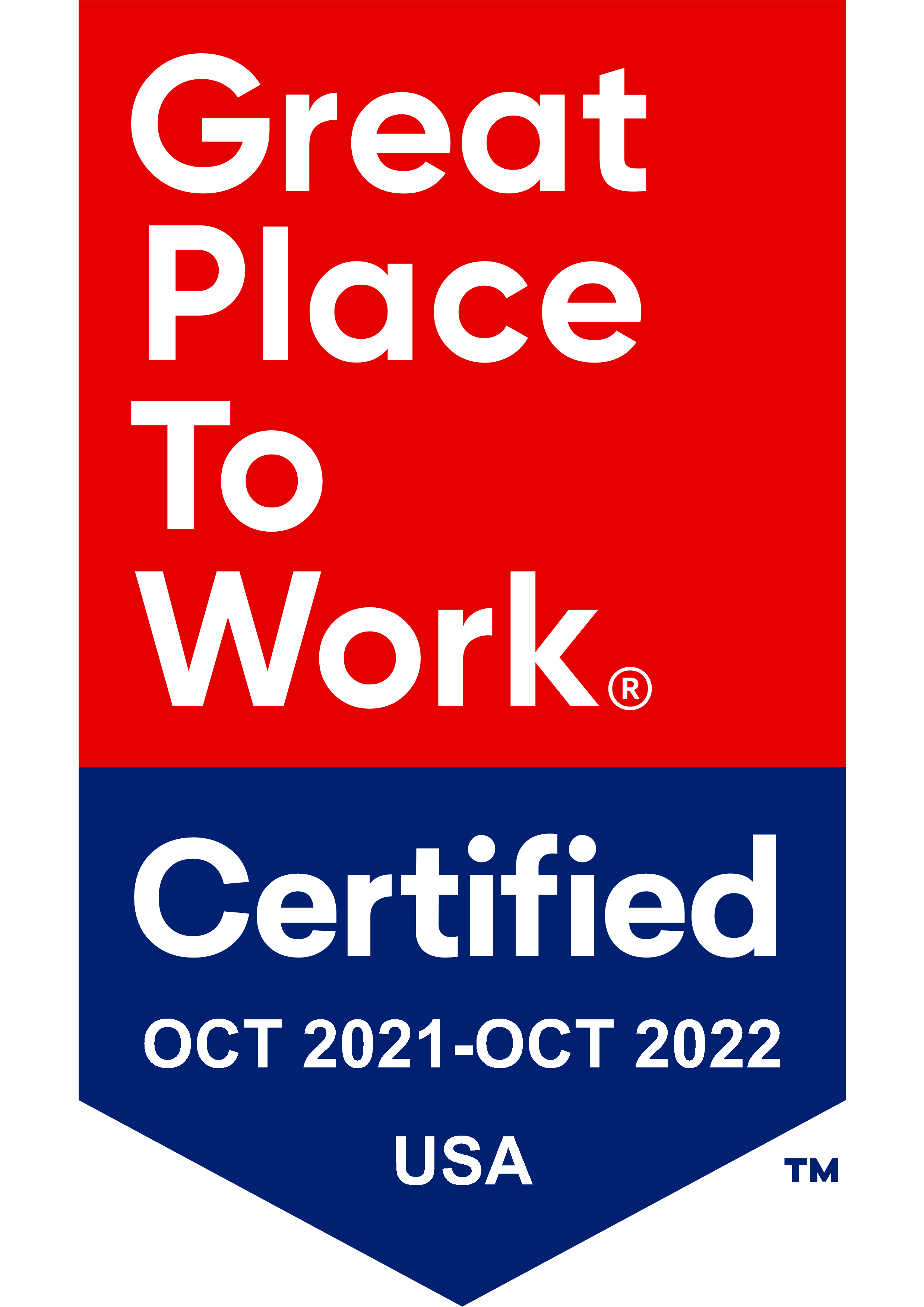 Do you remember what it was like to be a teenager, when you wanted to convince your parents to buy something you absolutely needed? Maybe it was a pair of jeans, a video game or tickets to a concert all your friends were going to. Can you recall some of the desperate arguments you made to try and get what you wanted, such as, “Because all my friends are going to be at the party, and if I don’t go, I’ll be a total outcast”? Getting what you want in the workplace is not all that different. You just need to know your audience and how to prep a convincing recommendation.
Do you remember what it was like to be a teenager, when you wanted to convince your parents to buy something you absolutely needed? Maybe it was a pair of jeans, a video game or tickets to a concert all your friends were going to. Can you recall some of the desperate arguments you made to try and get what you wanted, such as, “Because all my friends are going to be at the party, and if I don’t go, I’ll be a total outcast”? Getting what you want in the workplace is not all that different. You just need to know your audience and how to prep a convincing recommendation.
As an adult who is skilled at what you do, you have a pretty good idea of what tools you need to do your job more efficiently. You may have even put in requests—repeatedly even—to your boss or management team for a given piece of technology, yet were turned down for various reasons—“It’s not in the budget,” “We can’t do it right now,” etc. As this article in Inc. magazine explains, any time a business culture is threatened, any time structure is called into question, and any time a decision costs any amount of money, it's common to face resistance. You may even be resigned that your request won’t come true during your tenure at the firm.
Well, we’re here to reverse all that. If there’s a piece of technology you really want—think, a teenager wanting their first car—then with some effort and planning before the ask, we think you’ll be 10 times more successful with your request. So, let’s figure out a way together to make the most compelling case to your management team to help accomplish your technology purchasing goal.
First, Let's Think Target Audience
As a teen, didn’t you know which parent to come to for different types of requests? Also, wasn’t your approach different depending on which parent you asked? Kids learn which strategies work for best for which parent. So, let’s go through a thought exercise about your target audience to prepare yourself to make a business case for your technology purchase.
Who Is the Who, or Who's?
Are you trying to convince one parent to buy the car, or both? Essentially, who are you trying to convince to spend money from their wallet or budget? Must you only convince your boss, or does your boss also then need to convince his or her boss, or is there a management team that makes the final call? The bottom line is, who is the decision maker, and who are the influencers? For example, maybe your mom held the purse strings, but your dad was the influencer. In your work environment, maybe your system administrator is an influencer, and the business owner is the decision maker.
How to Do Reconnaissance
So, let’s think big ticket purchase here, like a teenager trying to convince their parents to buy a car. A lot about whether a teen will be successful in winning their parents over on a big ticket item has a lot to do with their parents’ values. What do you know about the person or people making the final call on the purchasing decision What is their philosophy or hot buttons? If you can’t answer this question—yet—then you know you’ve got a little homework to do before you make your case. Here are some examples of what you can dig at to make your best case.
The Business Owner Perspective
Think about comments you’ve heard the business owner or decision maker emphasize. What are some of the recurring themes you hear about? Client service? Productivity? Efficiency? If you can’t pin this one down, then asking the decision maker to lunch to get a feel for what’s most important to him or her in running a business will give you a lot more insight.
Next, think about impact. Does the purchase help just you, or does it help everyone in the firm? If it helps just you or your department, what is the impact to the firm if you had this technology? For example, report automation saves report preparers between 5 and 20 or more hours each quarter, depending on the firm. Regarding the impact on the firm, (not just you):
- That time can be spent focusing on strategic projects each quarter – such as a client event.
- Automation reduces the chance of errors, such as the wrong report getting sent to the wrong client, which is a big deal if client trust turns out to be an important value of the owner.
- Should your firm include billing with reporting, quicker billing statements means quicker access to cash flow for the business.
What do business owners most want when deciding whether to implement a new initiative? They want someone to “own” it. That means, in your planning process, the business owner knows who is accountable for making the technology successful, and that person has a track record and the bandwidth to make it happen. So, if you intend to be the project manager to roll out the new technology, and you need to carve out five hours total for the project vs five hours a week over five weeks, either way, you can show that commitment.
Describe Impact to the Clients
Super important - remember to explain the impact your proposed solution has on clients. To continue our example, report automation:
- Makes it so client service isn’t impacted during reporting periods as it is now, Provides more timely information to clients closer to quarter end
Another tip is, instead of just sharing anticipated time savings, reallocate that time savings to something specific. “If I had 10 hours more time each quarter, then I could put together a client event instead of assemble and deliver reports.” Decision makers want to see the impact of the time savings. Don’t just let them think that time will get absorbed. Show how you will use it instead.
What’s Most Important to Make a Compelling Case for a Technology Purchase
Well-known philosophers (Plato, Aristotle) would advise you that your most persuasive arguments cover three key aspects: ethos (credibility), pathos (feeling) and logos (logic, or stats and numbers). One way to approach your case for a technology purchase is to incorporate these three elements into a “makeover approach.” To do so, simply gather the information you need to show a state of the union the way it is now vs what it will be like once the new technology is up and running. Here is a concrete example.
Current (Before):
Having been in the driver’s seat of our reporting process for over five years, (use ethos to establish yourself as the subject matter expert being closest to the problem), I’ve put together a quick synopsis of our current manual process as compared what automating our reporting process will do for our firm.
Summary: The current cost is $7,300, and we have stressed employees who are unable to deliver the same level of timely service during and immediately following reporting periods. We have a potential for errors due to this manual process, which doesn’t scale and is difficult to train due to exceptions to the rule.
Details:
- Our firm currently spends 20 staff hours each quarter getting reports out the door at a cost of $2,800/yr.
- Our firm spends $4,500 each year on printing, postage, paper and envelopes.
- Top complaints during reporting time are the client service team is overworked and not accessible to other team members, and it takes a week for client service to get caught up on their work following every reporting period.
- Reporting periods cause high stress to the employees involved, to the point where they don’t look forward to coming to work four to eight weeks of every year.
- Two reporting periods take place near significant vacation times (Christmas/New Year's and July 4th). That reduces enjoyment for employees who return to work to face a huge task.
Then, paint a picture of what life will be like once your strategy is executed.
After:
Summary: The ROI takes place by Q3 of use. Report preparers can reallocate 20 hours each quarter to strategic projects instead of doing mundane work. This technology prevents errors and puts reports into clients’ hands and cash into our bank account a week sooner. We can service three times as many clients with this technology with little increase in time.
Details: Report automation accomplishes the following for us:
Reallocation of time from administrative to strategic
- With 20 hours of freed-up time each quarter, we will redirect that time to planning a sponsored business development event, because we know that’s really important to increasing the firm’s revenue.
- We can move reporting functions to a lower-cost employee and free up Deborah’s time to focus on more strategic issues each quarter.
Sooner access to cash
- If we were able to send out-billing statements more quickly, we could have our cash infusion five to seven business days sooner each quarter.
Improves client servicing
- We will greatly reduce the chance of errors of a client receiving the wrong report, so we won’t have a repeat of the Anderson experience, where they received the Delgato’s report mistakenly.
- We can scale more easily and handle three times as many clients with little added cost or time.
- Reports will go out the door in a couple of hours instead of a couple of weeks, so clients receive more timely information.
- We can modernize our approach by offering secure electronic delivery to clients who want it.
Provides Staff Improvement Benefit
- Report automation will help our team enjoy the way they work, alleviating a huge amount of work stress from their jobs.
- Our team will actually enjoy coming to work during quarterly reporting periods and won’t have the three stressful weeks they have now—two weeks for reporting and one for catchup.
- No employee will need to stay late or come in early for reporting periods.
Cost Savings and Time Savings
- If only one-third of our clients opt for electronic delivery in the first year, we could save $1,500 in year one and more in subsequent years as existing and new clients opt for electronic delivery.
- Turnover in this position won’t cause the type of disruption it does today with our manual process.
- Automation easily handles exceptions to the rule, which covers about 10 percent of our reporting and is by far the most time-consuming aspect of our manual process.
Notice the “after” covers both logic—hard numbers—but also pathos. Specifically, what does your current state of the union feel like to employees and clients? Because most people are visual, and many business owners prefer at-a-glance illustrations rather than text to read, simple visuals also make a powerful impression. Here’s an example showing how automating the reporting process reduces costs.

So, ask yourself, how important is it to you or your team to get that technology or initiative you want in place? Given the amount of research, demoing and vendor-vetting you may have already done, then taking another hour or two to craft a powerful summary of your case will increase the likelihood of success by threefold. That is, to say, by the use of ethos, pathos and logos.
Technology as an Employee Benefit
Instead of feeling concerned that your request for technology will be met with a brick wall, consider what Randy Pausch said in his highly regarded Last Lecture:
“The brick walls are there for a reason. The brick walls are not there to keep us out. The brick walls are there to give us a chance to show how badly we want something. Because the brick walls are there to stop the people who don’t want it badly enough. They’re there to stop the other people.”
At Trumpet, we believe in helping you enjoy the way you work, including punching through brick walls that stand in the way of being more effective. I hope with this approach of “how to convince your boss” in mind, you’ll be more successful in not just overcoming any brick walls that stand in your way, but perhaps a fear of overcoming those walls.
Simply put, to automate, streamline and make the processes you routinely perform more efficient, translates into not only better business, but into improving your work life so you can do more of the things you love in your practice. Given your work life represents over half of your waking life, isn’t that a goal worth pursuing?
Please post back with your comments and ideas of what you’ve seen work when convincing decision makers to take technology to the next level. We love hearing your ideas!




